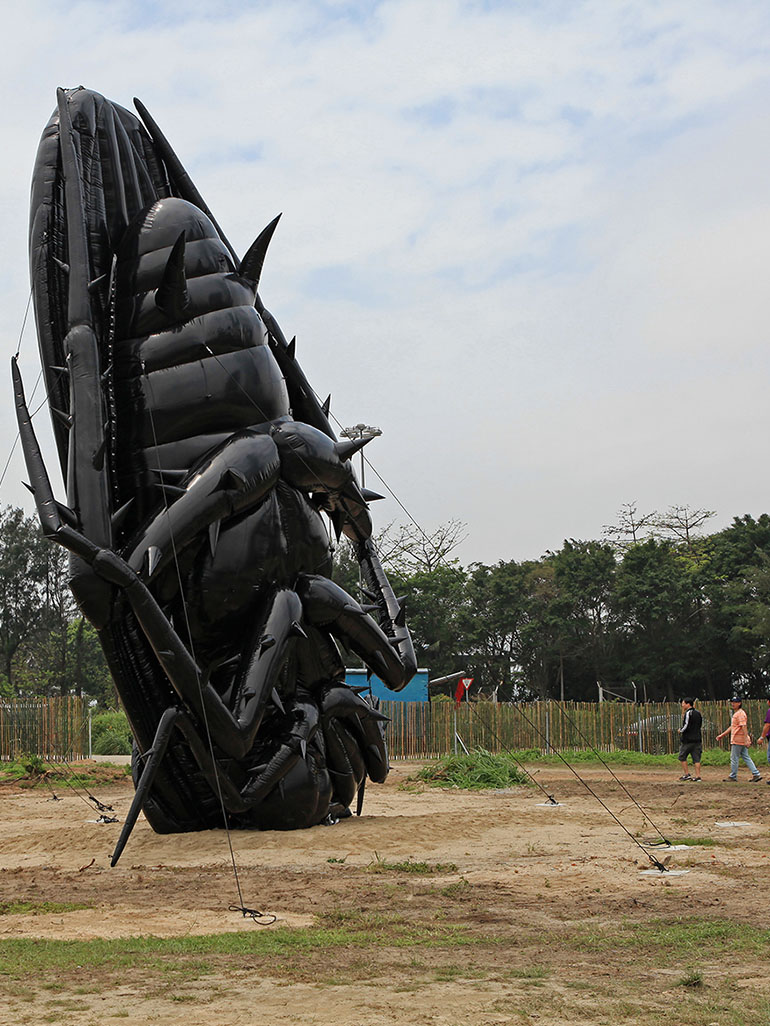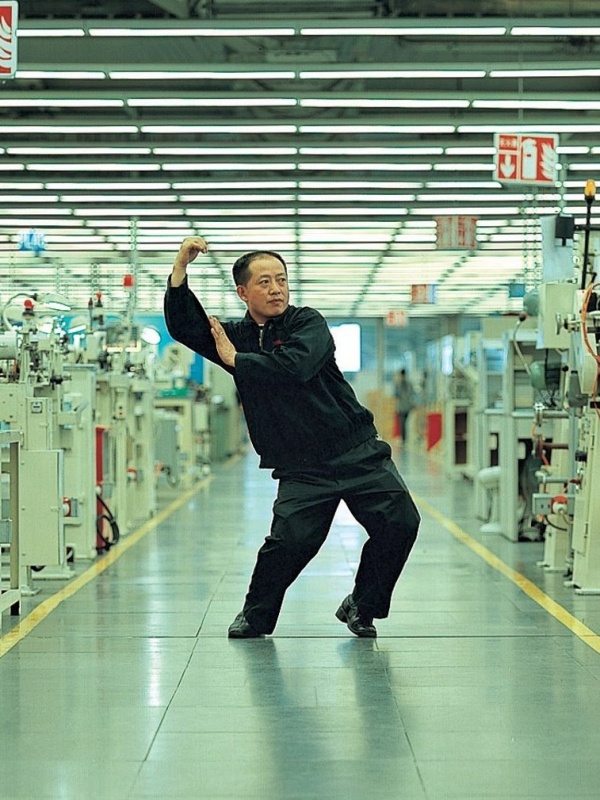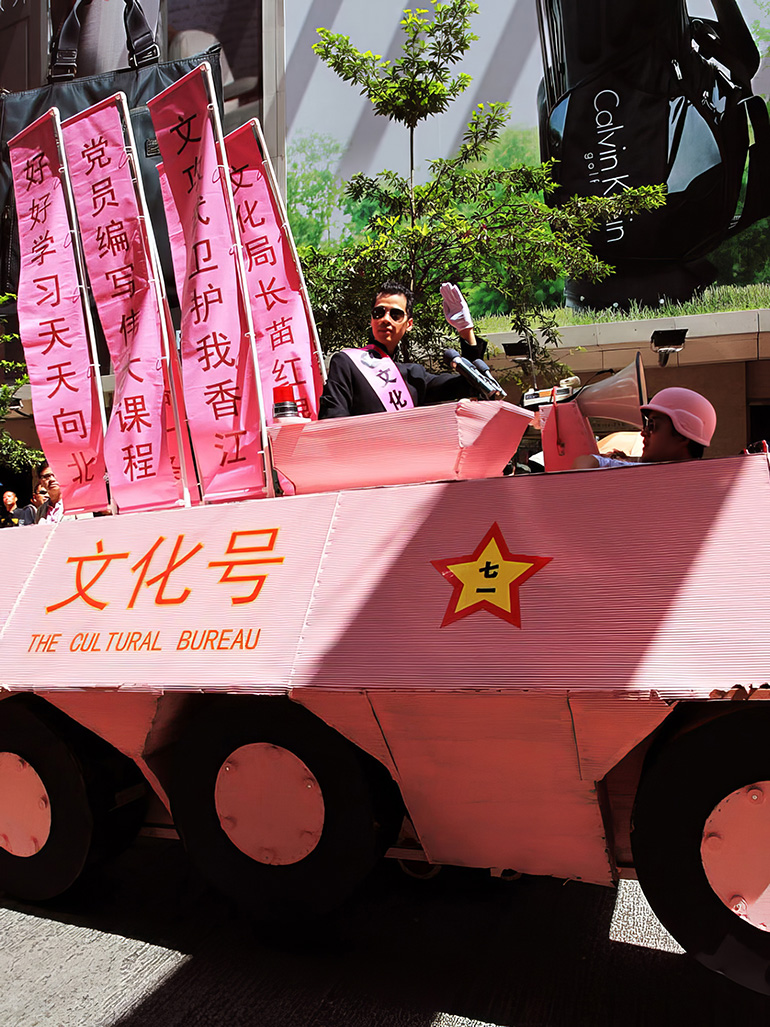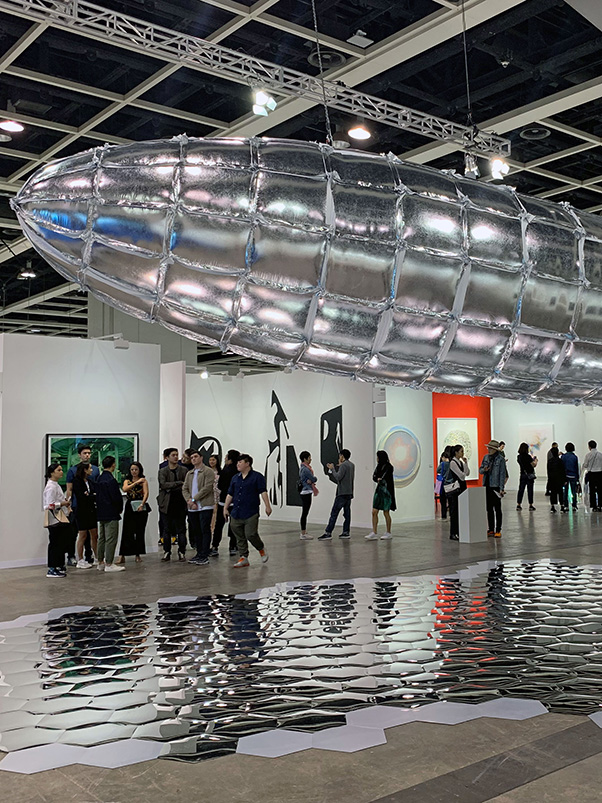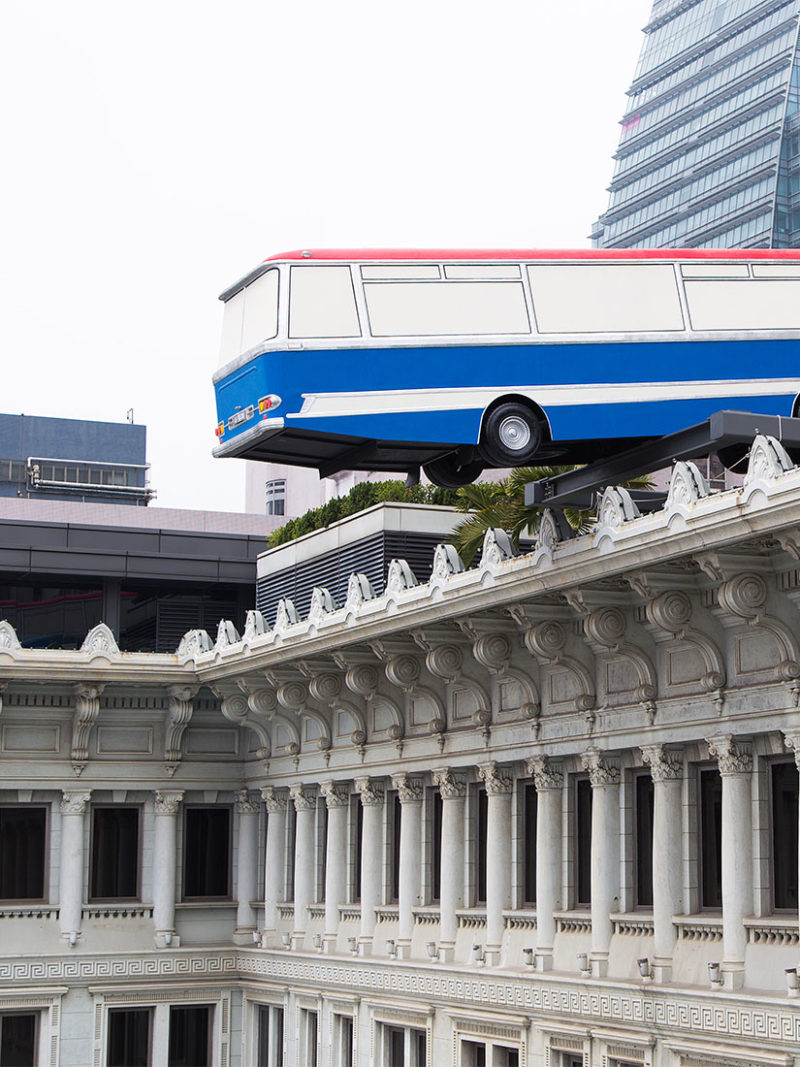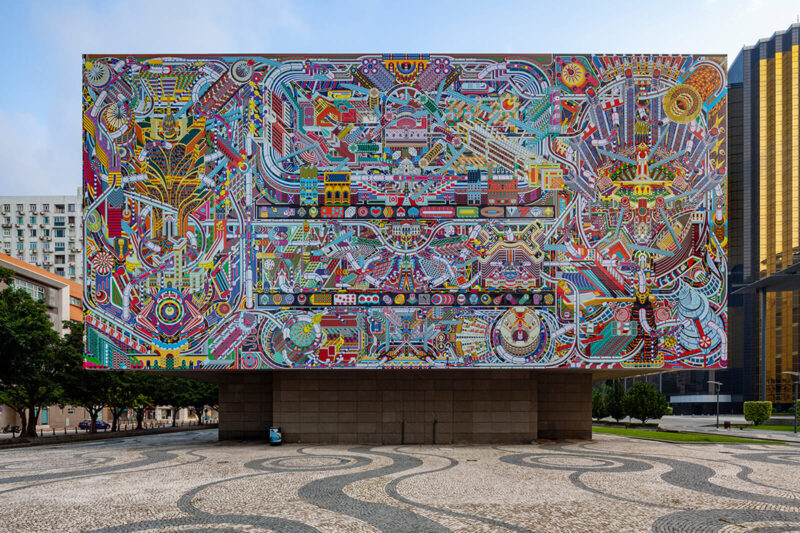
237-285 Av. Xian Xing Hai, Macao Copy to clipboard
22.189415, 113.554379 Copy to clipboard
Before you go
Nearby: Consider visiting the Macau Museum of Art, located directly opposite the mural, to enhance your experience.
Weather preparedness: Check the weather forecast ahead of time. Bring an umbrella for unexpected rain.
Best visit time
The ideal time to visit is during the early morning or late afternoon to avoid direct sunlight and appreciate the artwork in softer lighting conditions.
Weekdays are generally less crowded than weekends, providing a more tranquil experience.
Capture the artwork during golden hour for optimal lighting.
Directions
Public transport
Bus: The nearest bus stop is Nape / Centro Cultural, a 3-minute walk from the site.
Car
For parking, the nearest facility is Auto-Silo do Centro de Ciencia de Macau, approximately a 5-minute walk.
Walking
If arriving on foot, the site is easily accessible within a 10-minute walk from the city center.
Introduction
What does it mean to learn from a city like Macao, rich in history, culture, and architectural 1 spectacle? Learning from Macao invites viewers to reflect on the dynamic relationship between art and urban life.
The mega-mural 2 is displayed on the outdoor wall of the Handover Gifts Museum of Macao. It was commissioned by the Cultural Affairs Bureau of the Macao SAR for Art Macao: Macao International Art Biennale 2021. It’s a visual love letter to the city’s unique culture and architecture.
The artwork was conceived by the mainland-based Drawing Architecture Studio 3 (DAS) as a fresh take on the city’s identity. The artists wanted to create a new urban design concept for the 21st century inspired by Macao. They eventually took inspiration from an unlikely source: the infamous casinos of Macao.
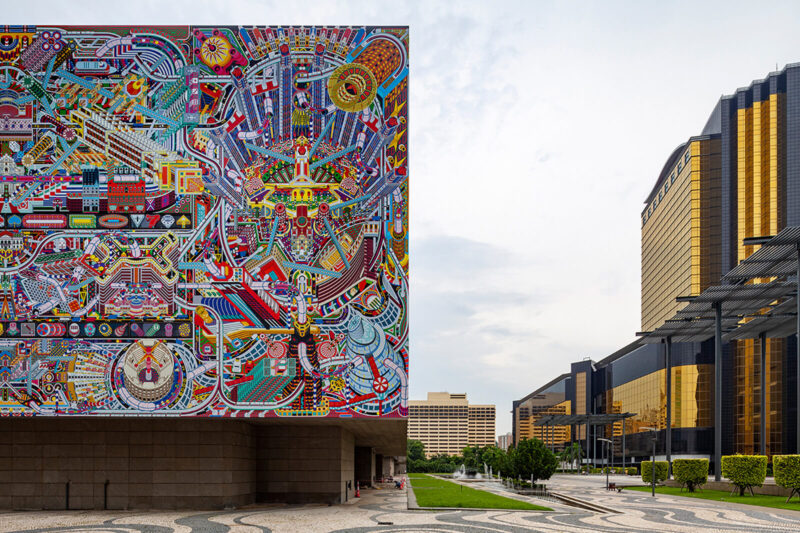
A quick history of the panorama
The mural’s creation post-pandemic coincided with a time when the world was rethinking public spaces 4. DAS seized this moment to paint Macao not through its colonial past but through its vibrant, controversial present. The mural is now part of the permanent collection at the Macao Museum of Art after it was acquired by the institution.
The mural’s title deliberately echoes the influential 1972 book Learning from Las Vegas 56, which challenged architects to find value in commercial vernacular. DAS applies this same revolutionary spirit to Macao, arguing that the city’s casino architecture, often dismissed as gaudy or excessive, deserves serious artistic consideration just as Las Vegas’s neon-lit 7 landscape did decades earlier.
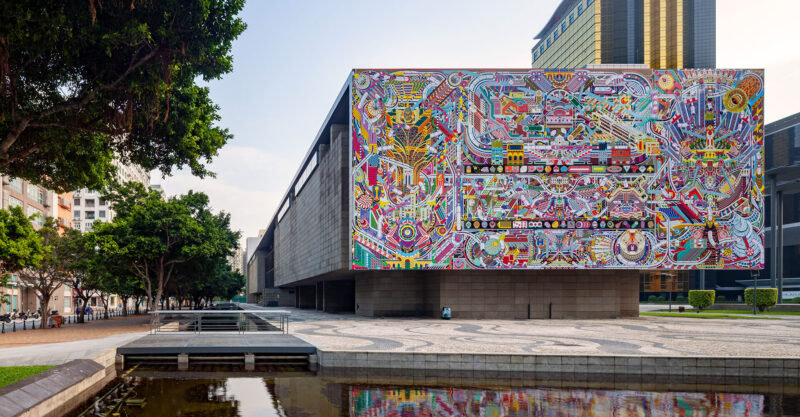
A canvas of complexity
Installed on the outer wall of The Handover Gifts Museum of Macao, the mural is divided into five distinct sections, separated by narrow horizontal windows on the wall. Each section is a world unto itself, yet they connect to form a cohesive urban landscape.
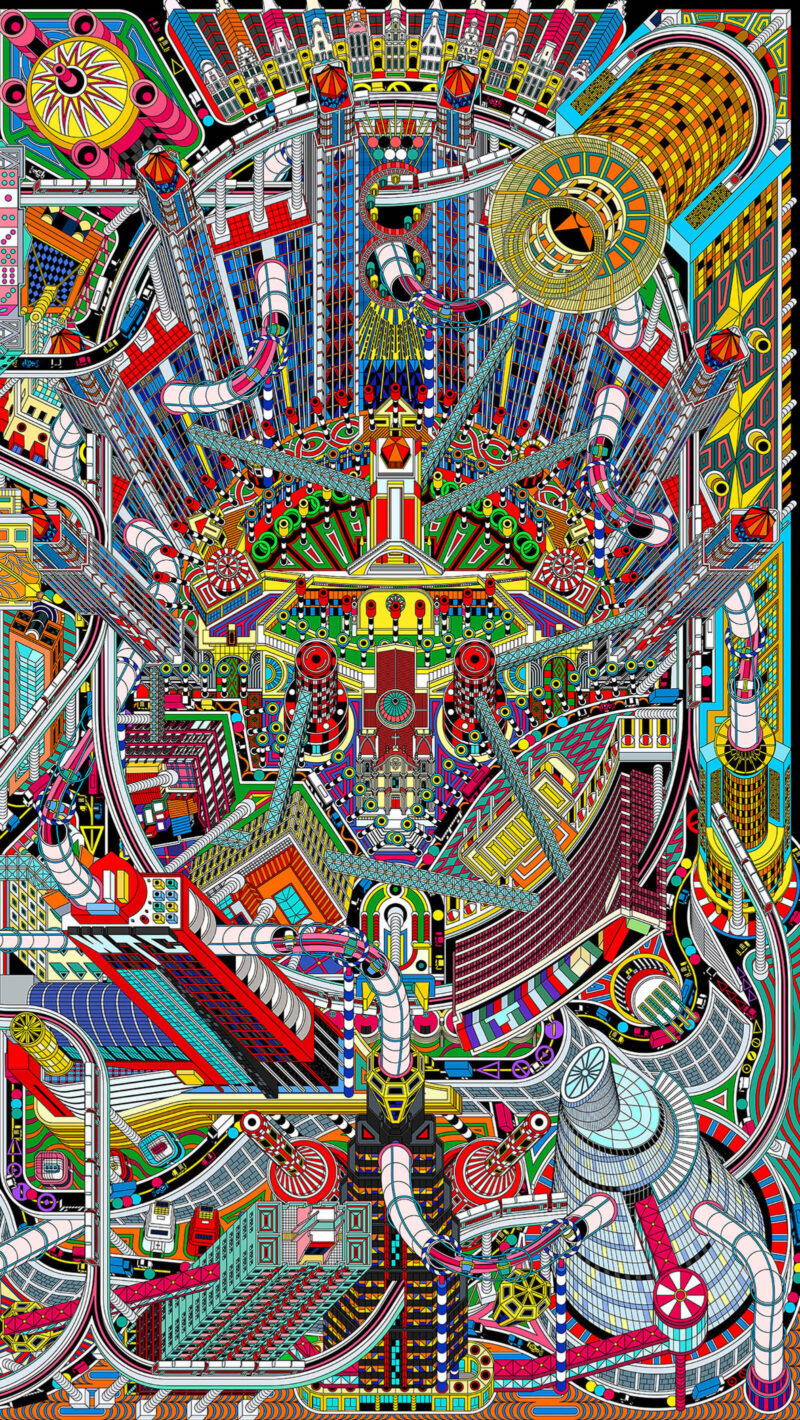
The artwork’s most striking feature is its innovative use of casino game interfaces as inspiration for urban planning. The layouts of popular games like pinball, pachinko, craps and roulette serve as the underlying structure for each section of the mural.
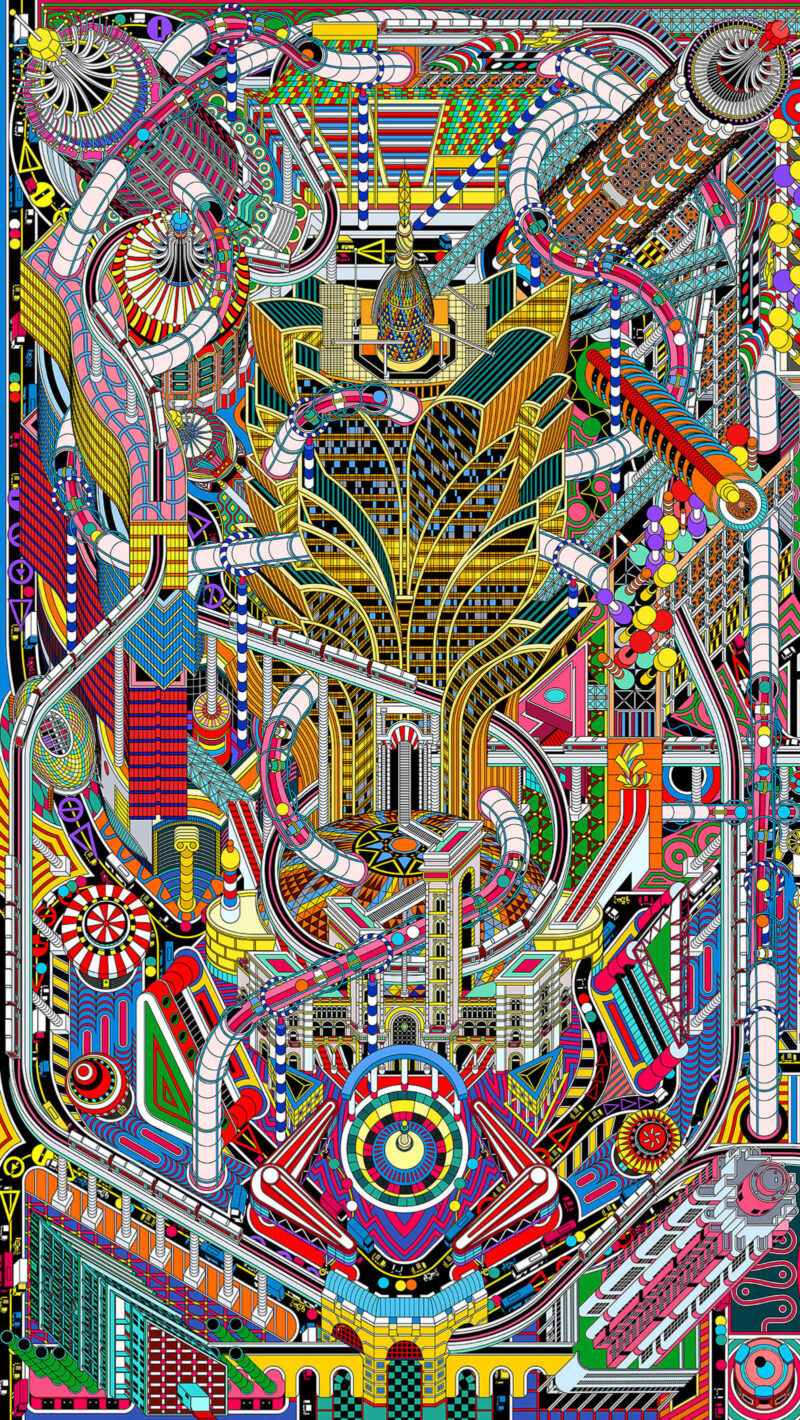
Inspired by casino architecture’s bold symbolism, DAS doesn’t just represent Macao’s buildings but transforms gaming elements into architectural forms. Casino chips become building towers and gaming machine components are reimagined as urban installations, embracing the unabashed expression of desire and excitement that defines both casino games and their architectural homes.
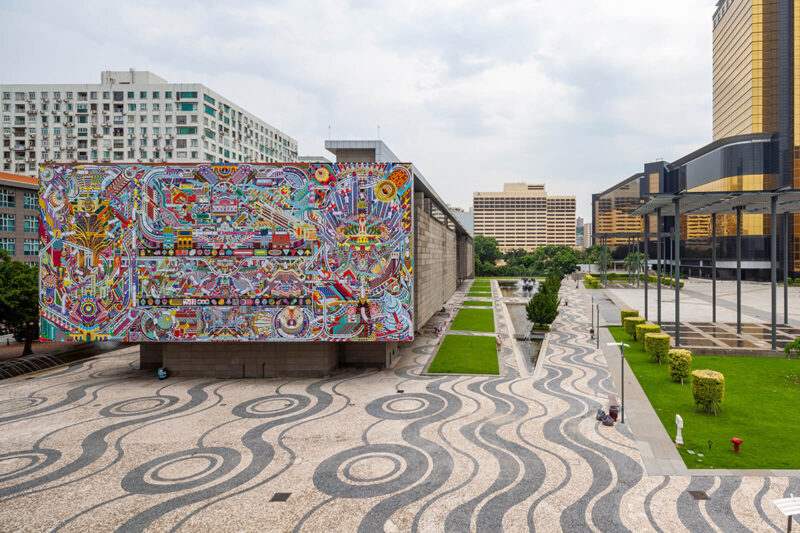
Where reality meets fantasy
The mural is a masterpiece in visual storytelling. It blends real landmarks with imaginary structures, creating a cityscape that is at once familiar yet fantastical. Casino buildings, historical sites, and vernacular architecture are rearranged on these game-inspired plans, creating new urban narratives.
In a playful twist, the artists have transformed casino chips and dice into buildings, while elements from gaming machines become landscape installations. These whimsical touches are integrated with real architecture, blurring the lines between reality and imagination.
The mural’s vibrant colors and exuberant details capture Macao’s energy. Line elements such as pipes, sky trains, and highways connect the five sections, creating a unified urban landscape that pulses with life.
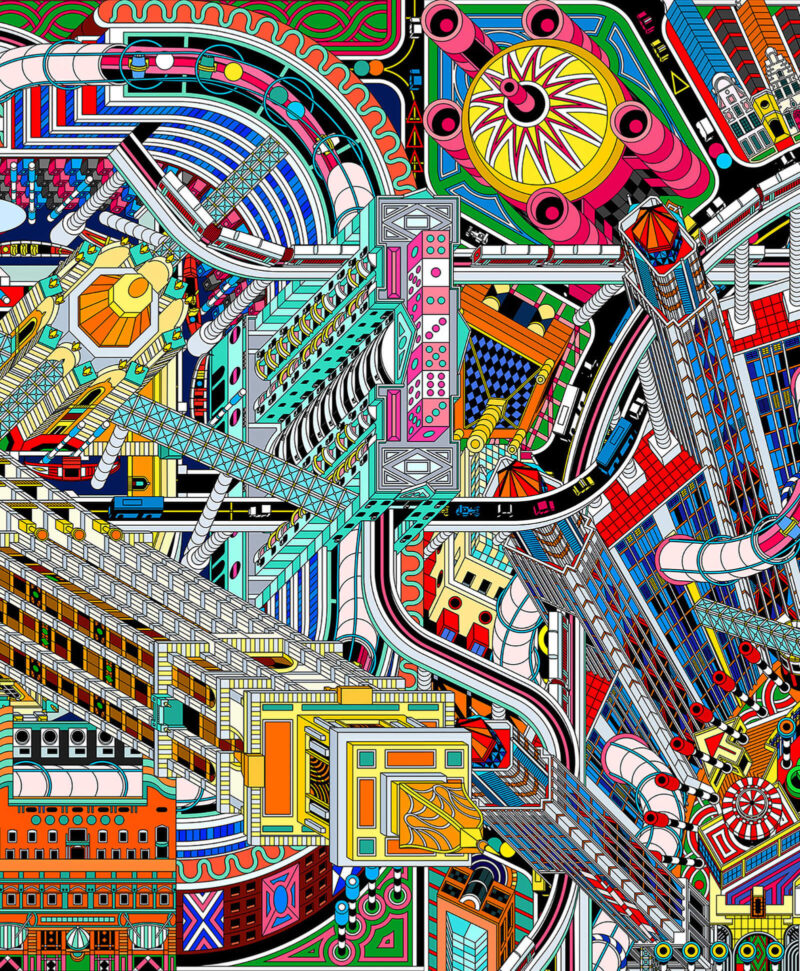
The artists behind the mural
DAS, co-founded in Beijing and led by Li Han and Hu Yan in 2013, brought together a team of talented individuals to create this masterpiece. The team included Zhang Xintong, Xu Xiaoxuan, Lyu Nuo, Wang Yuxuan, Tang Xinyu, Meng Xinqi, Zhu Haihui, Yang Zhexu, and Zhong Junye.
Known for their unique approach to architectural representation, Drawing Architecture Studio has produced other notable works such as The Complete Map of Capital Beijing and the 798 Panoramic Mural. Their style combines rigorous architectural understanding with a playful, almost childlike sense of wonder.
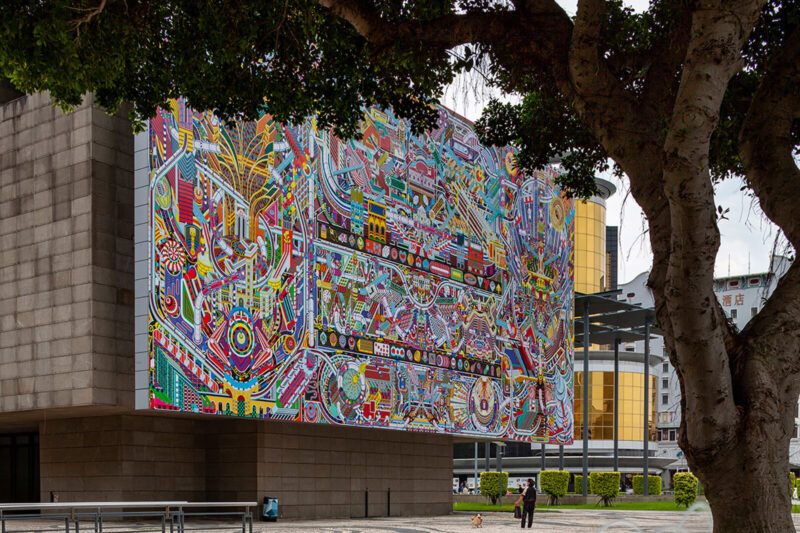
Final words
As visitors take in Drawing Architecture Studio’s mural, they might find themselves asking: What makes a city memorable? Is it the architecture, the culture, or the stories we build around them? By merging reality and imagination, the mural invites us to see Macao from a fresh perspective — one where playful creativity meets structured design.
But beyond its vibrant visuals, this artwork raises deeper questions about how we experience urban spaces. Is architecture just a backdrop, or can it actively shape how we engage with our surroundings? In a city known for spectacle and entertainment, Drawing Architecture Studio’s mural encourages us to rethink the purpose of architecture itself — not just as something to look at, but as something to interact with, question and reimagine.
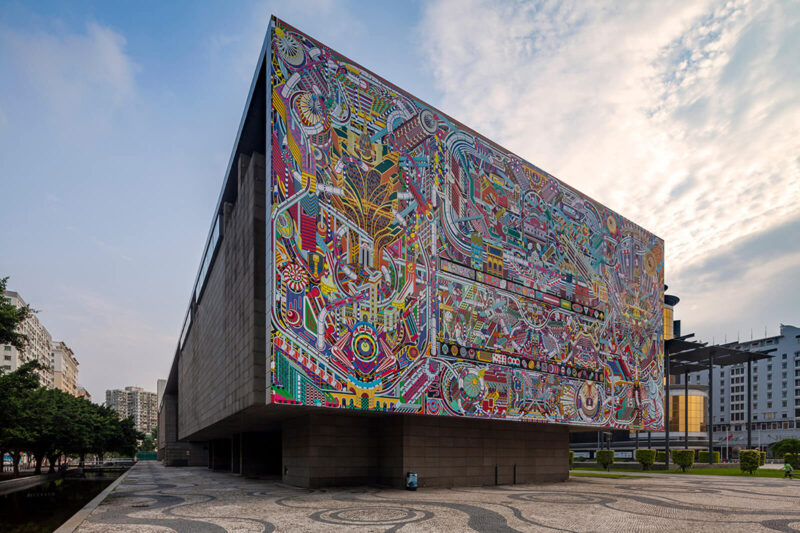
Explore nearby
 Massive inflatable sculptures in West Kowloon parkInstallation ended (dismantled in 2013)63 km away
Massive inflatable sculptures in West Kowloon parkInstallation ended (dismantled in 2013)63 km away Cao Fei's Whose Utopia?Exhibition (permanent collection)63 km away
Cao Fei's Whose Utopia?Exhibition (permanent collection)63 km away Kacey Wong in pink cardboard tankPerformance ended (staged in 2012)64 km away
Kacey Wong in pink cardboard tankPerformance ended (staged in 2012)64 km away Lee Bul's giant metal ZeppelinInstallation ended (dismantled in 2019)65 km away
Lee Bul's giant metal ZeppelinInstallation ended (dismantled in 2019)65 km away Richard Wilson & A giant busInstallation ended (dismantled in 2015)65 km away
Richard Wilson & A giant busInstallation ended (dismantled in 2015)65 km away
